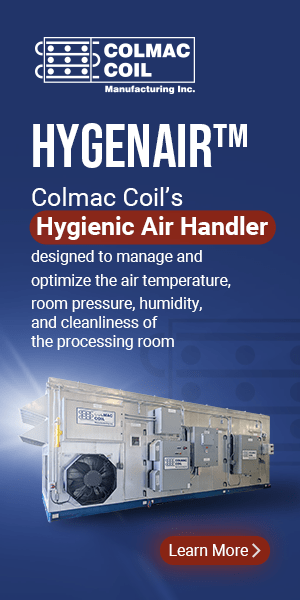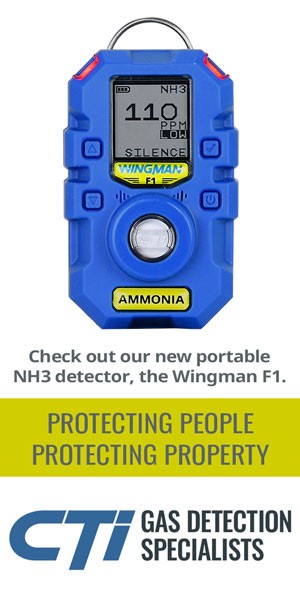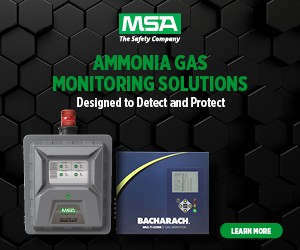Eurammon Focuses on Sustainability at Annual Conference
The “Green Economy with Natural Refrigerants” symposium was held in June, in Schaffhausen, Switzerland.
During the symposium – organized by Eurammon, a joint initiative between European companies, institutions, and individuals committed to promoting the use of natural refrigerants such as ammonia, carbon dioxide, and hydrocarbons – presenters shared practical examples showing how natural refrigerants can be used sustainably.
“The purpose of the Eurammon conference was to show that going green is good business,” said Port. “A lot of the papers case studied design of components and functionality of ammonia systems, including low-charge ammonia systems, using secondary refrigerants or secondary cooling fluids.”
Examples included case studies, on a produce processing plant that was redesigned using a secondary cooling and minimum charge ammonia system, application of secondary coolants themselves in different design conditions, and heat exchanger applications.
About 65 individuals, representing consultants, contractors, and manufacturers, attended the symposium, and most of them were from Europe.
One reason Port said he was invited to give a presentation at the conference, was to share a North American enduser perspective.
During his presentation, “Sustainable Refrigerant Choices for North American Food Plants,” Port discussed a case study which examined the replacement of commercial grade R-22 split system refrigeration equipment, at a food processing plant. The case study focused on how that equipment could be replaced with either a low-charge central system utilizing a secondary glycol freon (R134a) system, or a central ammonia system. “What I was trying to get across was that, when you talk about sustainability and lifecycle cost, putting commercial grade split systems on a food manufacturing plant that’s going to be around for much longer than 10 or 15 years, you are not really doing something that’s sustainable or even good for the business,” said Port.
“By the end of the tenth year or so, that equipment is either pretty worn out or you’re spending multiple times what it is worth just to keep it patched together.” The most cost effective solution is a central ammonia system, Port said. “It was interesting because a lot of response I got from European attendees was that they had never seen ammonia come out as a low-cost system.”
Just as valuable as the research and presentations shared at the conference, was the opportunity to share industry insight and knowledge with IIAR’s global partners, said Port. “We’re solidifying those alliances and getting the opportunity to get input, feedback, and exchange ideas.”
One theme that emerged during these conversations with fellow attendees, he said, was that many of the European attendees are very concerned about increasing regulatory burdens. They were wondering, “How do we influence the government and the regulations so that we don’t get regulated out of existence as a natural refrigerants industry? It was a huge concern,” he said.











